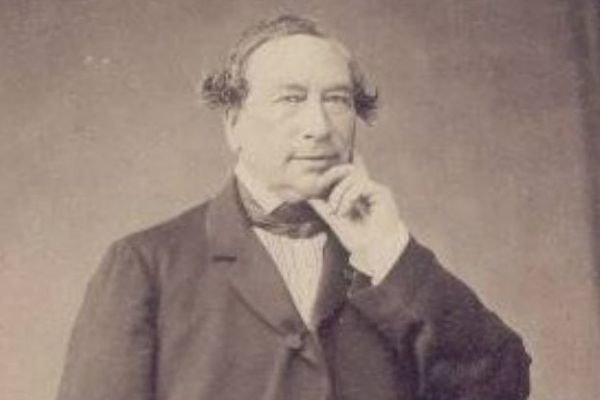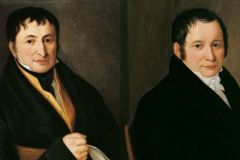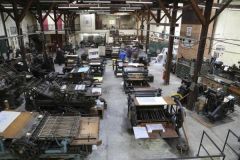At 4 rue du Bouloi in Paris, you'll find a restaurant... "The printing press aptly named, since in the 19th century this site was home to a printing works run by the innovative entrepreneur Paul Dupont.
Paul Dupont was born into a printing family in the spring of 1796. He apprenticed as a typographer with Firmin Didot, then began his career in a difficult environment. Indeed, the First Empire saw the freedom to print established by the Revolution called into question, with the professions of printer and bookseller henceforth accessible only to a deliberately restricted number of patent holders.
Patents galore to develop its printing plant
In November 1818, Paul Dupont was awarded a letterpress printer's license, and in 1825 took over a printing works at 4 rue du Bouloi in Paris. Unfortunately, the publication of a Summary of the origin of all cults under the name, moreover, of one of his colleagues, is judged a danger to public morals, and his patent is withdrawn. No matter! He joined forces with printer Gaultier-Laguionie and continued to run his 160-strong business. The authorities turned a blind eye to this arrangement and even granted him a lithographer's patent! In 1831, he regained his letterpress patent, broke off his partnership, bought back the printing works' equipment and in 1835 filed the articles of association for his company, Paul Dupont & Cie.
The company's clientele included ministries, public administrations and large corporations such as railroad companies, and lithography was widely used to print forms and registers. In 1839, Paul Dupont took out a patent for a lithotypographic process enabling him to reproduce old books. This was followed by a succession of other patents designed to enable him to increasingly mechanize lithographic presses. A forgery-proof printing patent opened the door to the market for sensitive administrative printed matter.
Innovative social measures for employees
In the 1850s, the Paul Dupont printing works employed over 600 people.
Paul Dupont was a printer ahead of his time. He set up a number of savings and provident institutions for his staff, and from the late 1840s onwards, part of the company's profits were distributed to workers in a passbook at 6% interest.
In 1860, a branch was opened on the site of the Verreries Impériales in Clichy, enabling us not only to open a factory but also to house employees.
Two years later, Paul Dupont, still an innovator, did the irreparable for the time: he was the first in the history of the printing industry to employ women typographers on his Clichy site. This provoked a public outcry and a strike at 4 rue du Bouloi.
But the way had been paved, and by 1868, the letterpress workshop welcomed a female workforce.












